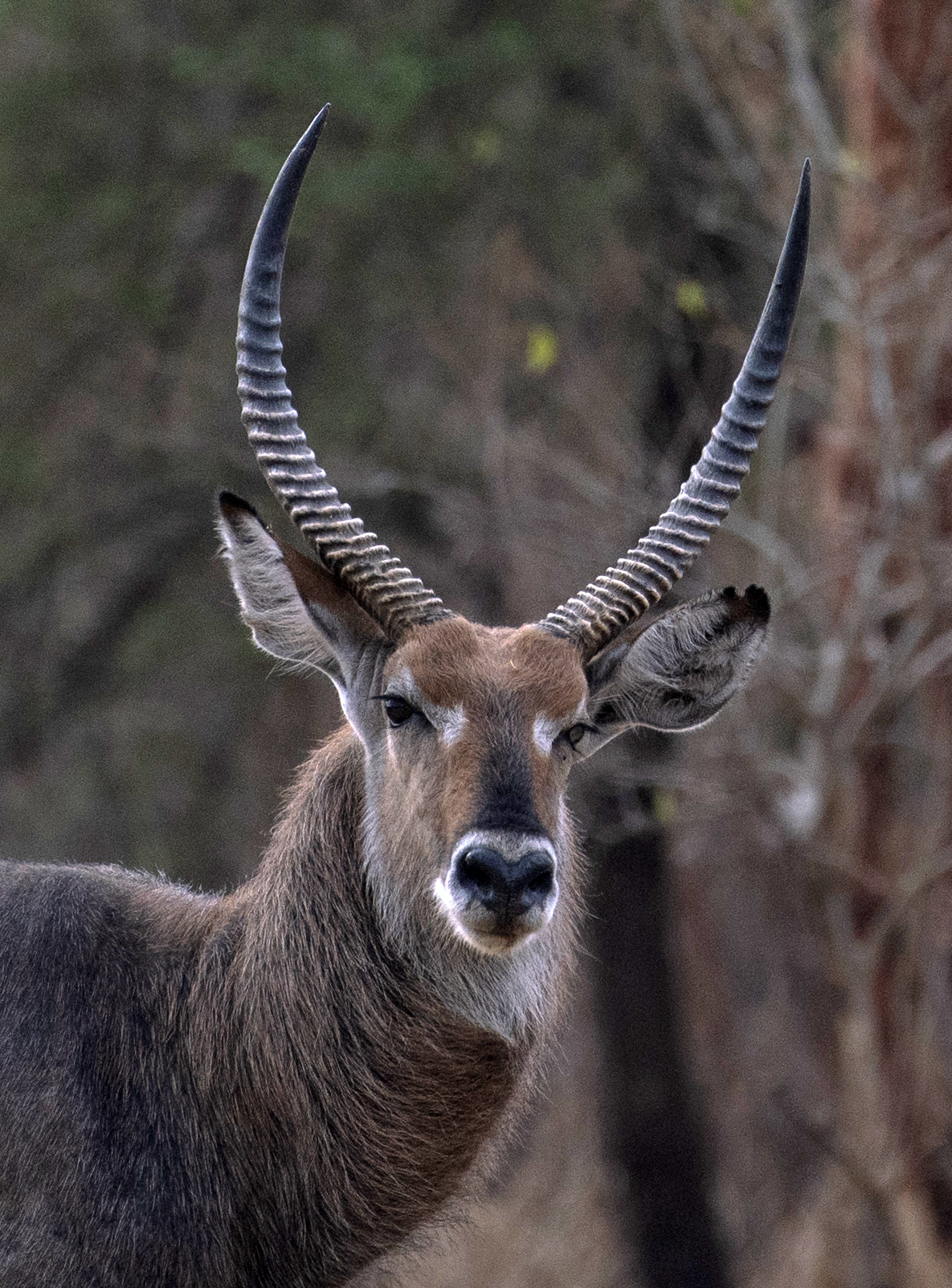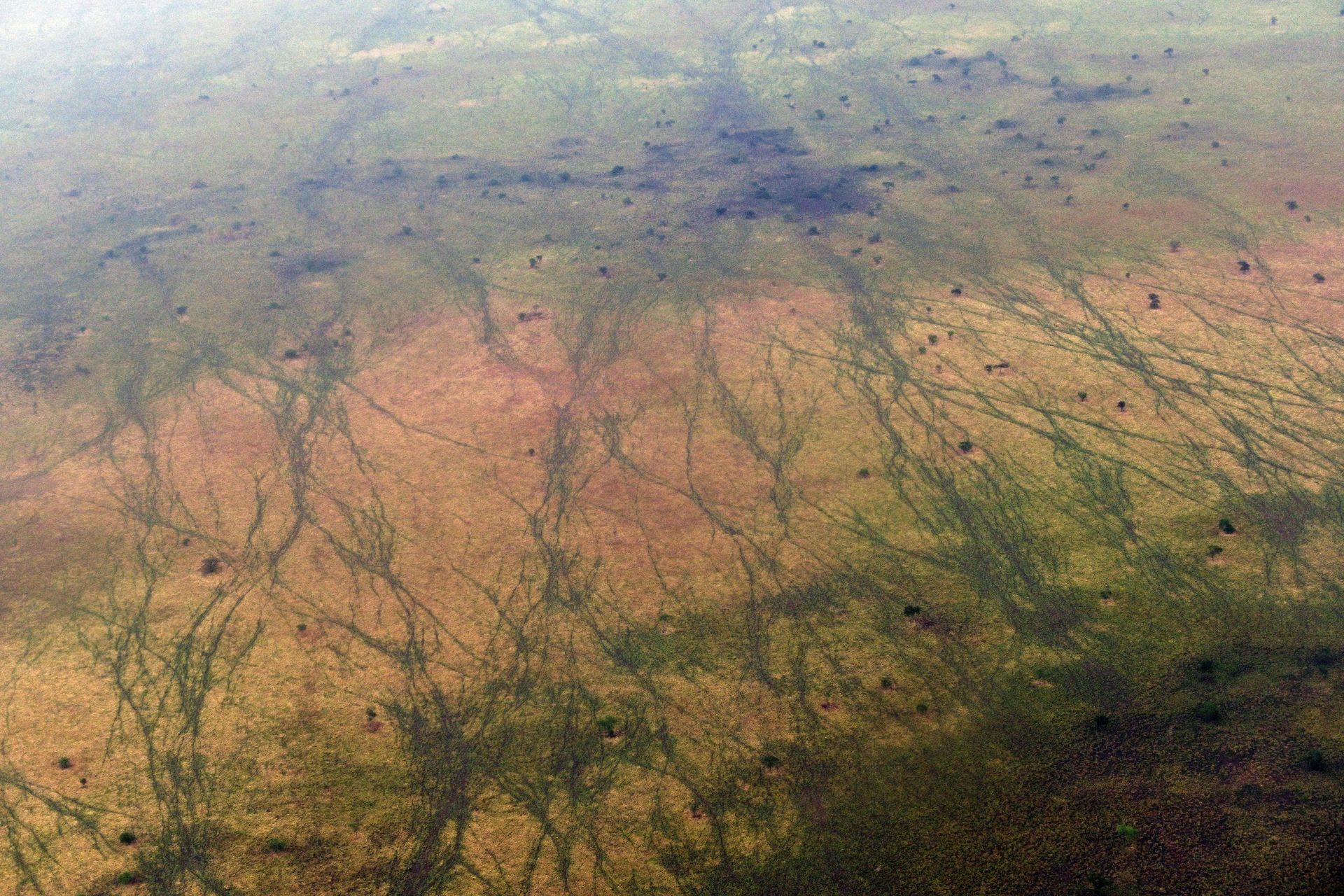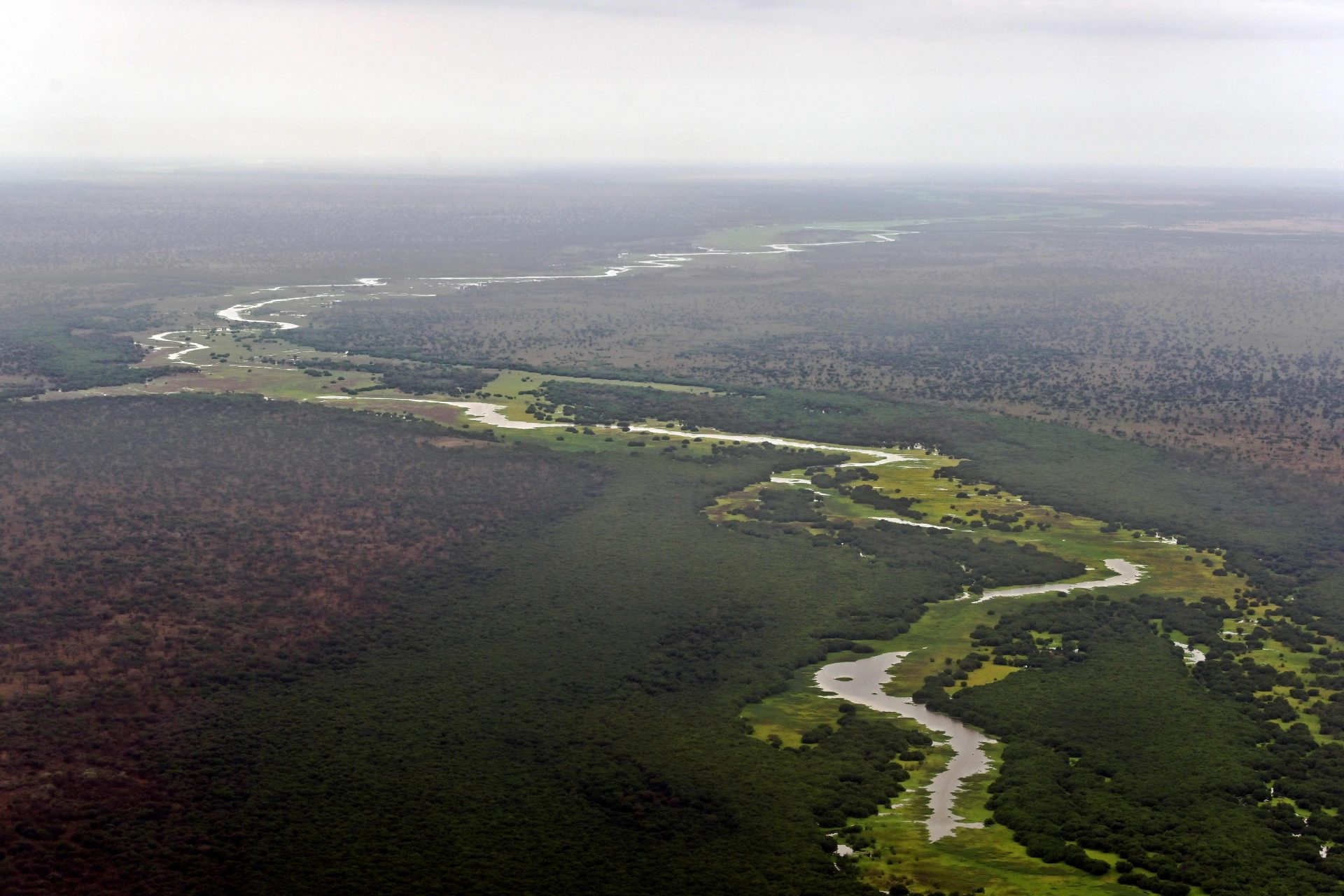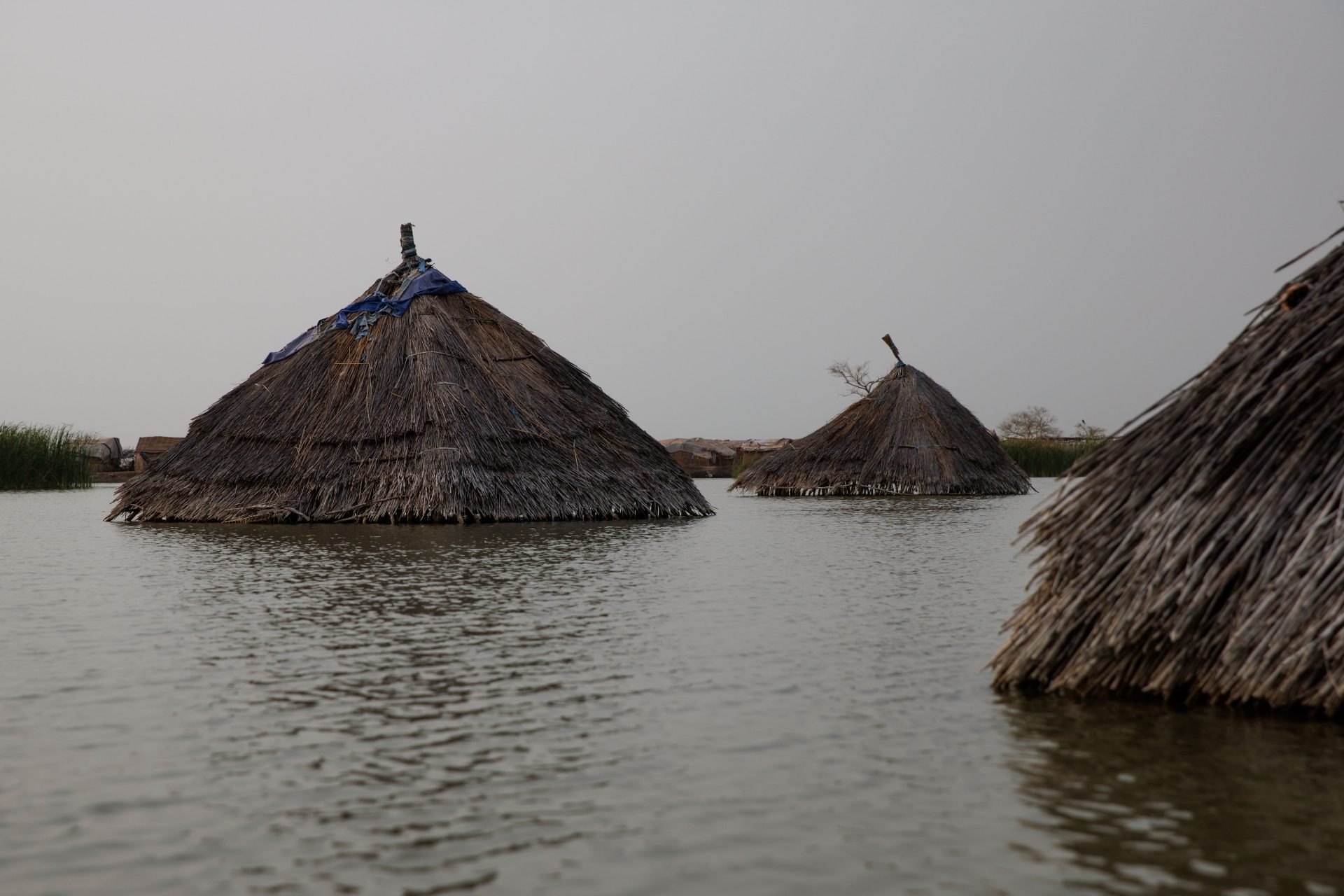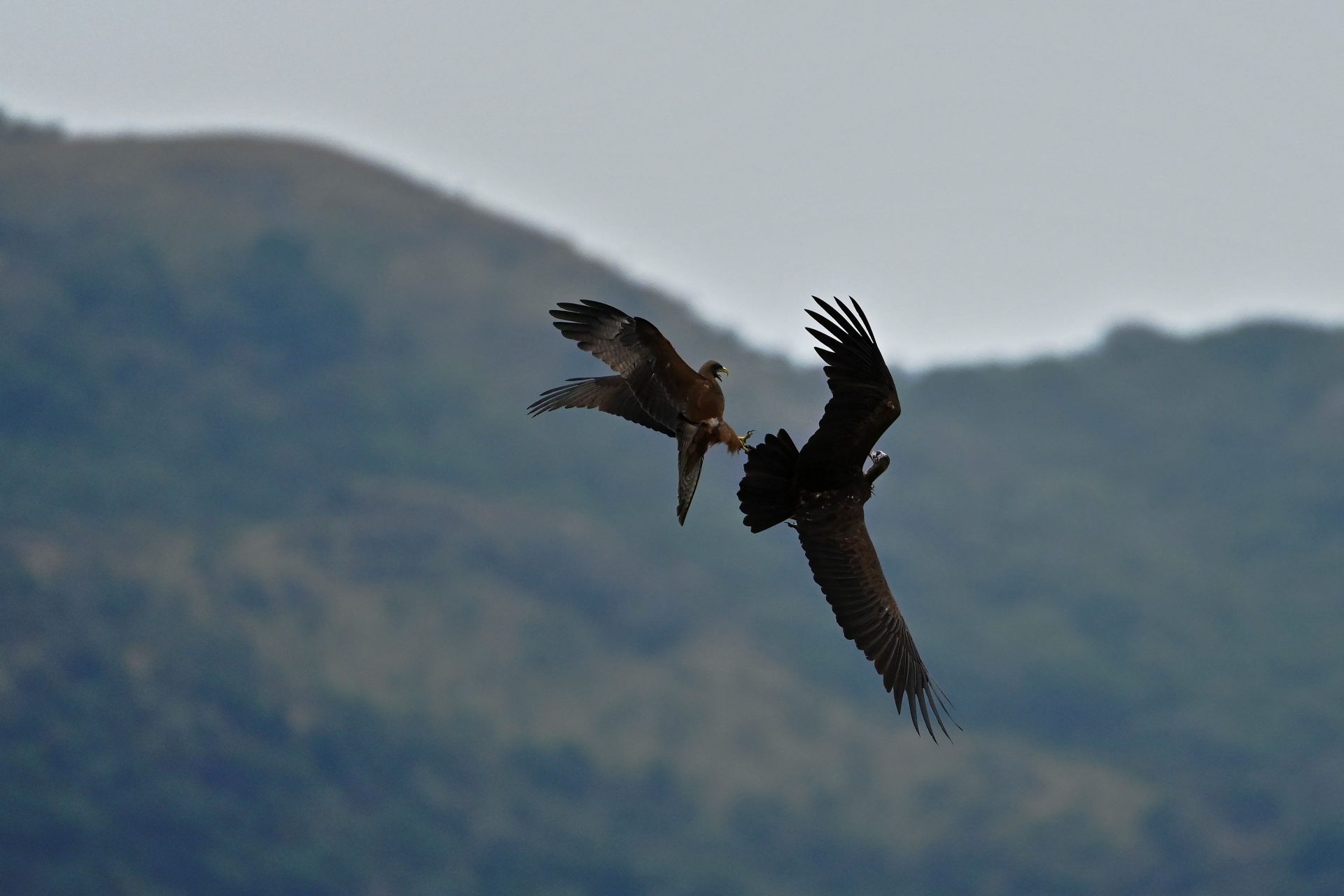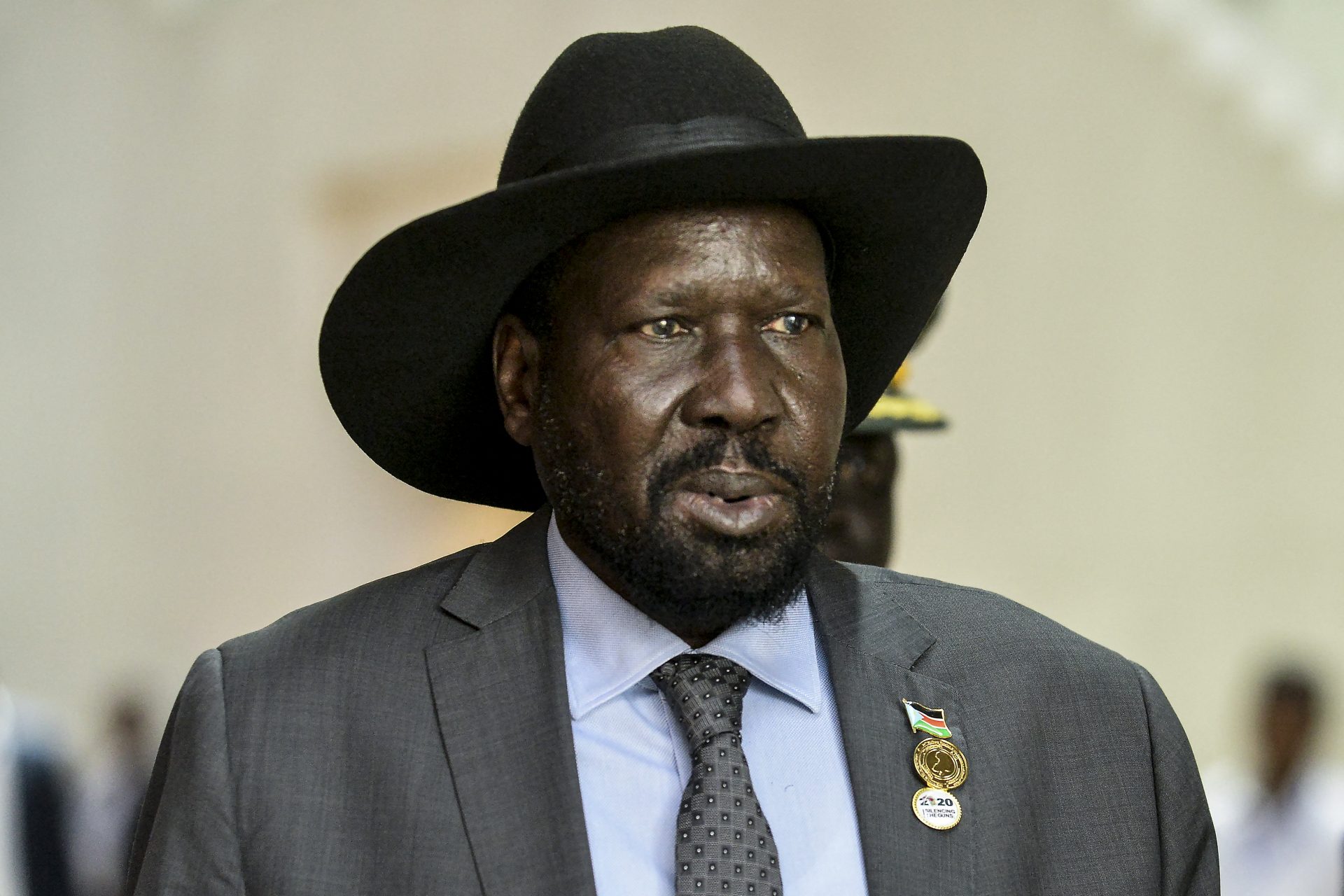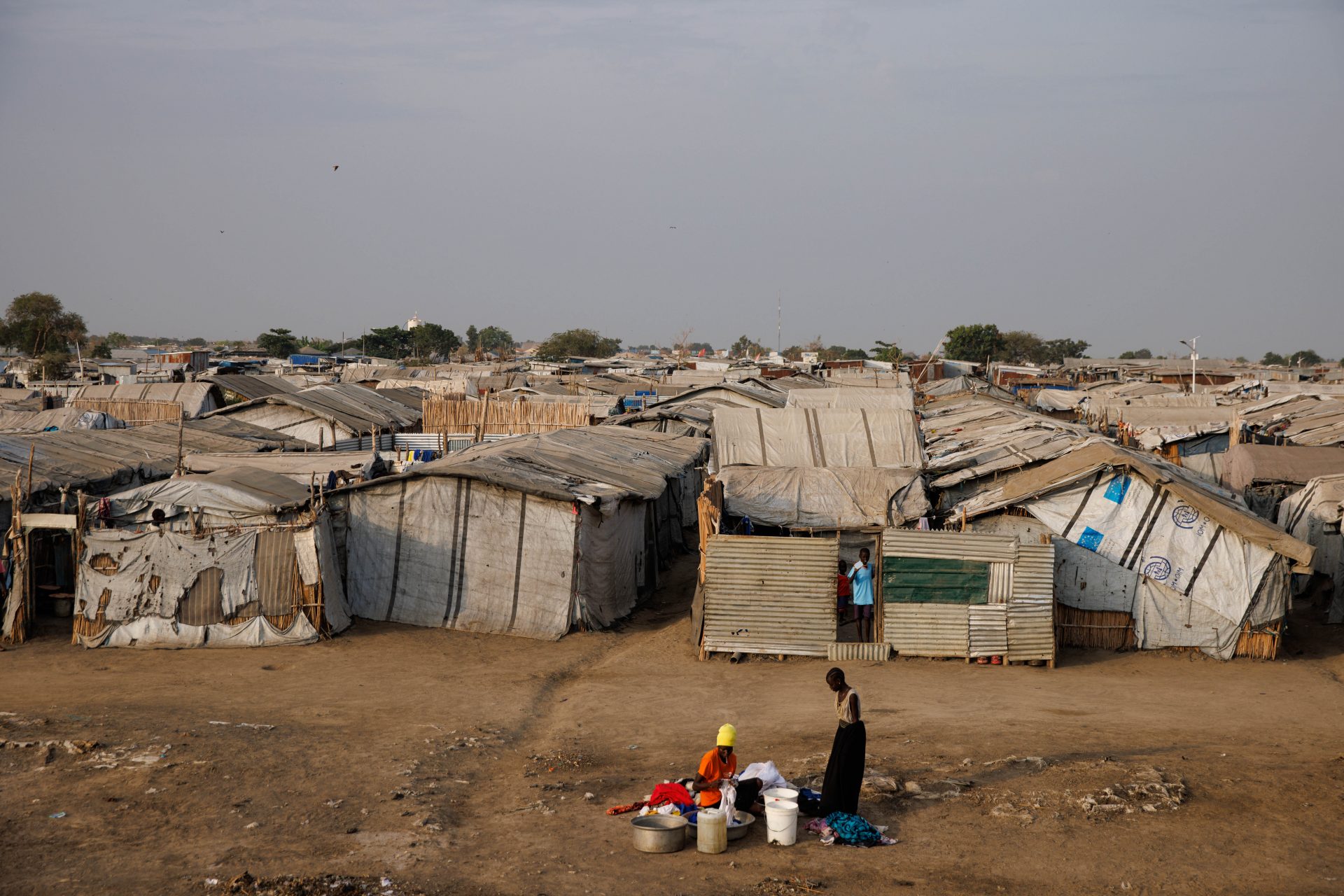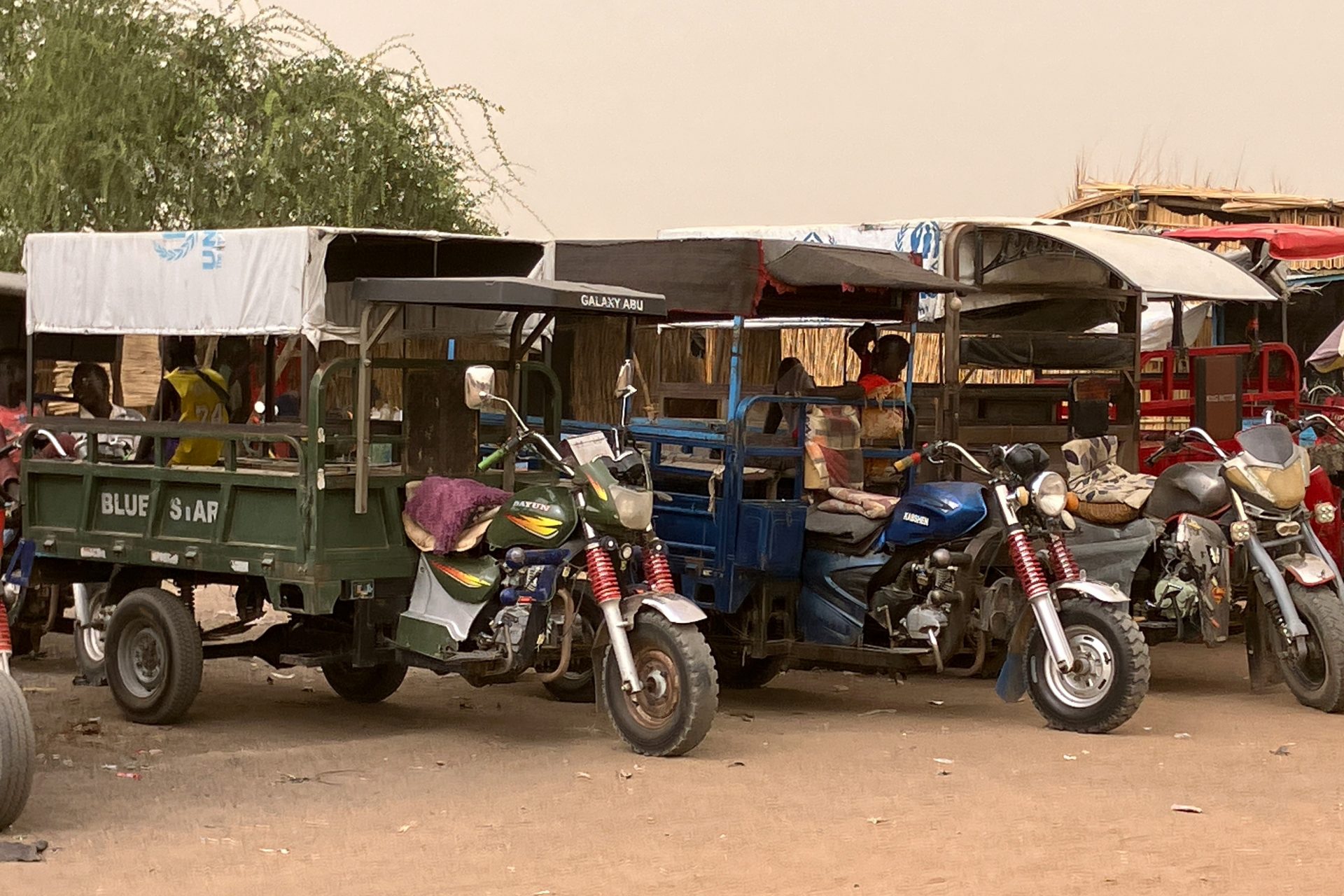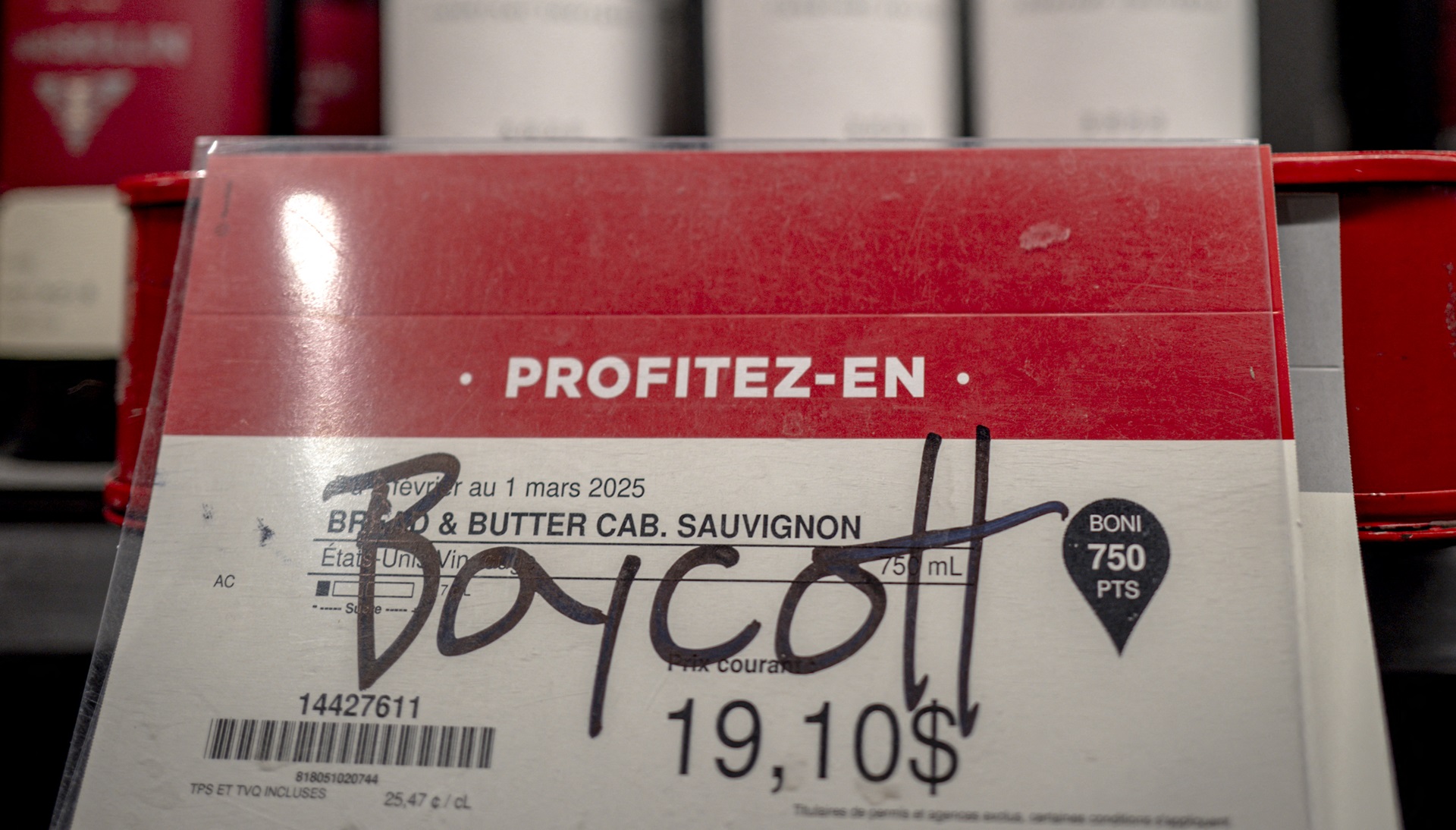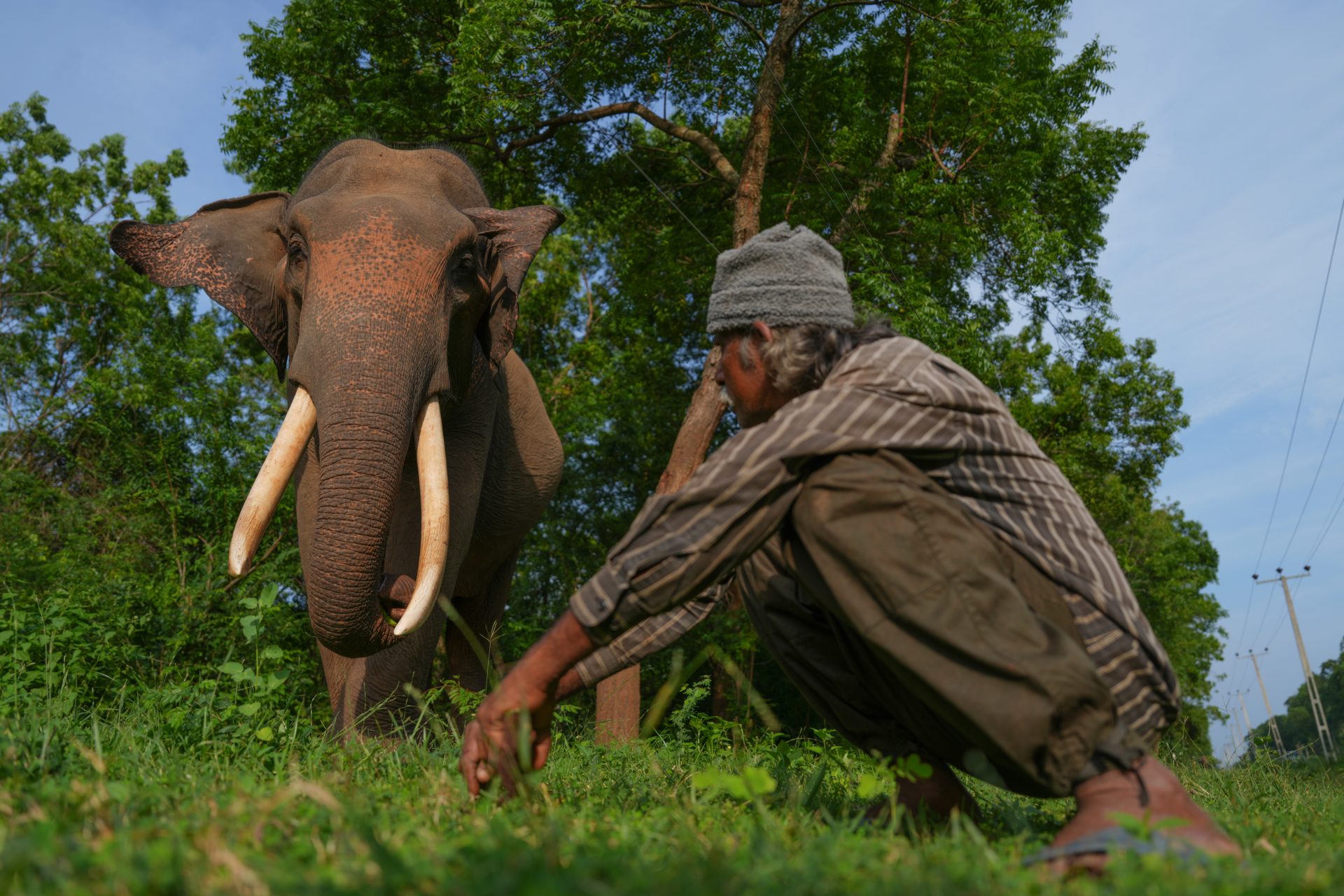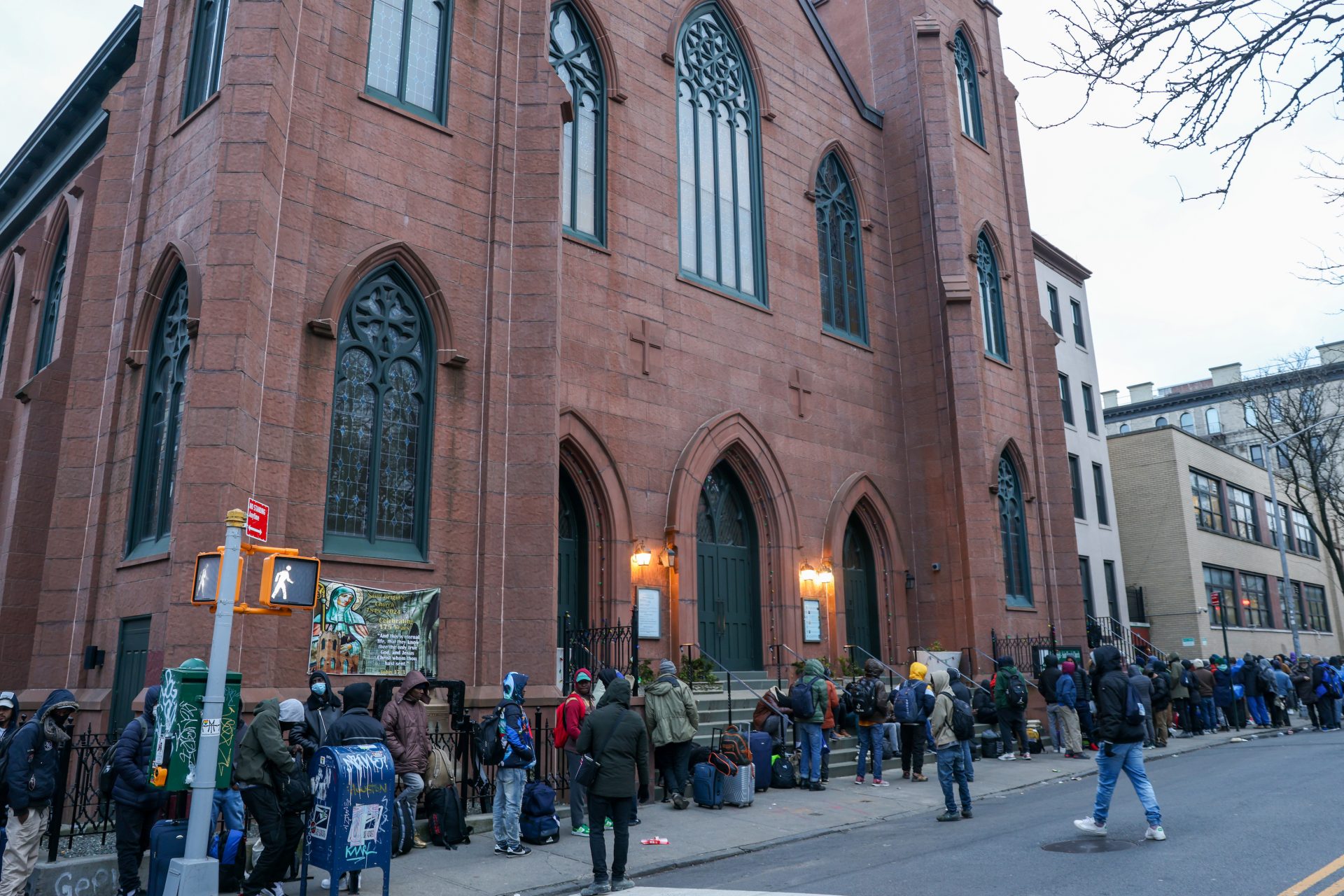The world's biggest mammal migration offers hope in a war-torn region
A sea of six million antelope moving across the vast grasslands of South Sudan breaks all records when it comes to sheer numbers collectively on the move.
A sample of the antelope were collared, and tracked by aircraft kitted out with cameras that took 330,000 images over a distance of almost 123,000 sq km – the equivalent to the size of Greece – in the country’s first comprehensive aerial wildlife survey, according to reports by the Associated Press. The antelope themselves covered approximately 2,000 km.
These numbers are far greater than those of other migratory herds, such as the two million wildebeest, zebra and gazelle travelling across the Serengeti between Tanzania and Kenya. But when it comes to airborne migration, the fruit bat travels each year in colonies of 10 million from west Africa to Kasanka national park.
“The migration in South Sudan blows any other migration we know of out of the water. The scale is truly awe-inspiring,” David Simpson, parks manager for Boma and Badingilo national parks of a Wildlife NGO African Parks, told The Guardian.
The scars from a long civil war, a proliferation of weapons and severe food shortages in the region are driving up poaching, which threatens to significantly deplete the antelope population as well as that of other wildlife. President Salva Kiir Mayardit has called on the Ministry of Wildlife, which runs on less than 1% of the government’s budget, to train and equip rangers to stamp out the activity.
According to Voice of America, years of failed crops due to flooding have helped to drive poaching levels up along with the building of new roads offering increased access to markets. African Parks report that around 30,000 animals were slaughtered each month this year between March and May.
But it is considered extraordinary that such a volume of fauna has managed to survive years of violence and upheaval, pockets of which rumble on in South Sudan while full scale fighting is raging next door in Sudan in a civil war that broke out in April 2023.
South Sudan gained independence from Sudan in 2011. Two years later, civil war broke out within its borders and continued until 2020, killing an estimated 400,000 and displacing four million, 2.5 million of whom fled to neighboring Uganda and Sudan.
“Seeing these animals here at such a scale is something I could never have fathomed still existed on the planet,” Mike Fay, the conservationist in charge of the survey, was quoted saying in The Guardian. “From the air, it felt like I was watching what Earth might have been like a millennia ago, when nature and humans still existed together in balance.”
Optimistically, South Sudan’s President Mayardit expressed hopes that the migration could be a draw for tourists. “As South Sudan continues to develop, we are committed to transforming the wildlife sector into a sustainable tourism industry,” he is quoted saying in The Guardian.
Tourists are currently warned away from South Sudan. Just over seven million of its 12 million inhabitants are suffering from extreme hunger, according to International Crisis. In a bid to stave off starvation, a number of young men are crossing into Sudan to fight, bringing back weapons to add to the already sizeable civilian arsenal, some of which will be used to kill wildlife.
Still, playing host to the world’s largest land mammal migration means “the potential for tourism is immense,” David Simpson tells The Guardian. “Having the world’s largest land mammal migration could put South Sudan on the map as a must-visit ecotourism destination.”
Simpson acknowledges to The Guardian, however, that given the scarcity of food and an economy in meltdown, “the migration’s current critical value is food security for local communities, living in one of the least developed countries in the world.”
More for you
Top Stories



